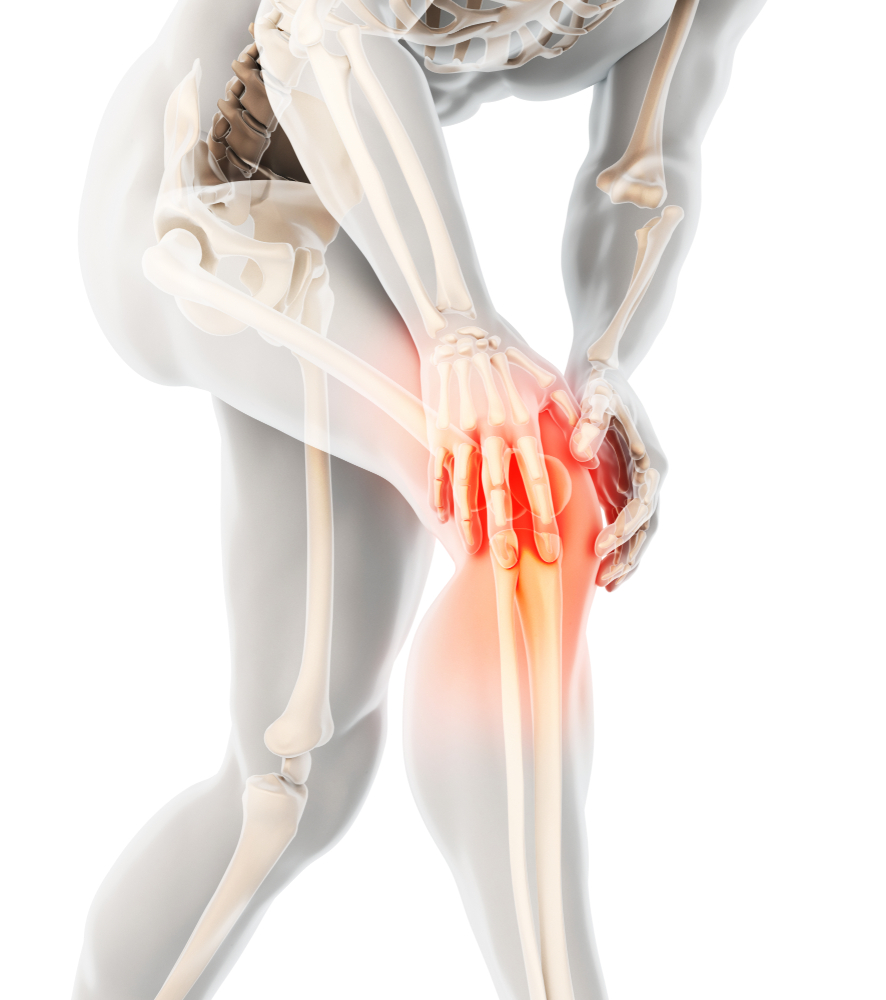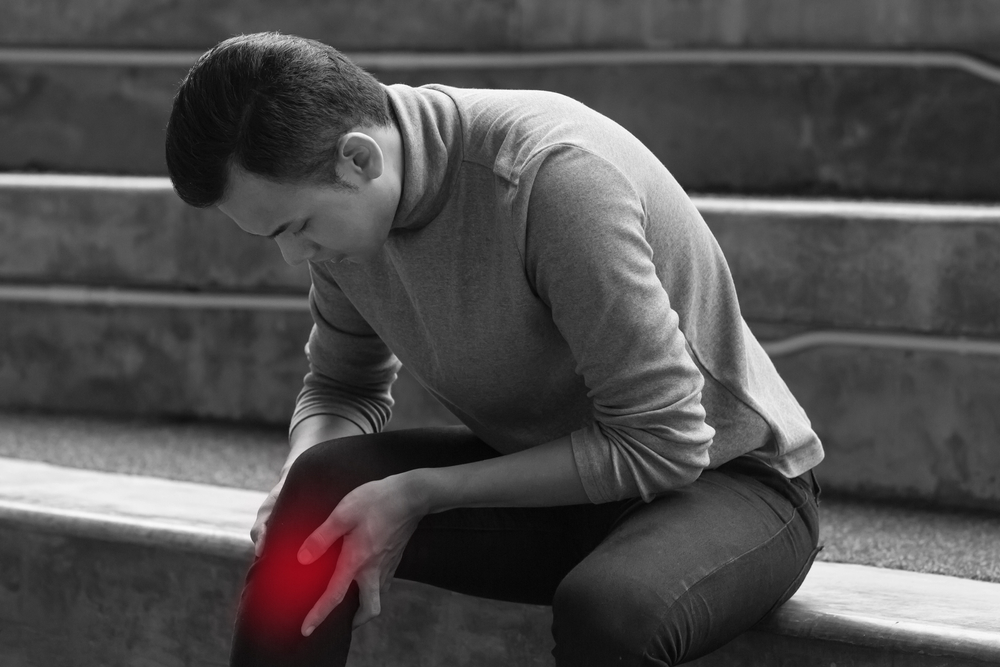Understanding Joint Degeneration and Bone Loss: Key Symptoms, Differences, and Treatment Options
Discover vital insights into joint degeneration and bone loss, including key symptoms, differences, and treatment options. Early detection and personalized care are essential for managing these common conditions effectively. Learn how osteoarthritis and osteoporosis differ and explore effective treatments to maintain mobility and bone health.

Understanding Joint Degeneration and Bone Loss: Key Symptoms, Differences, and Treatment Options
Osteoarthritis is a common degenerative condition that affects many individuals, leading to difficulty walking and limited movement of limbs. It primarily impacts joints as people age, making it essential to recognize its signs and treatment options.
Why does osteoarthritis target joints?
Joints depend on a thin cartilage layer that allows smooth movement between bones. Damage to this cartilage or other joint components such as tendons and capsules causes osteoarthritis. Factors like injuries or daily wear and tear often contribute to this damage.
Common symptoms include joint pain and swelling, stiffness, and the development of bone spurs. These typically occur in hips, hands, spine, and knees. Early consultation with a healthcare provider is crucial if these signs are present.
Effective treatment options encompass exercise, pain relief medications, physical therapy, and, in severe cases, surgical interventions. Since each case is unique, personalized treatment plans are essential, and surgery is a last resort for irreversible damage.
What distinguishes osteoarthritis from osteoporosis?
While both conditions involve bones and joints, they are fundamentally different.
Osteoarthritis affects joint tissues in limbs, leading to pain and stiffness.
Osteoporosis involves weakening of bones, making them porous and prone to fractures.
Approximately 54 million people are affected by osteoporosis, particularly in hips, wrists, and spine. Causes include genetics, autoimmune diseases, and cancer. Common symptoms like joint pain and weakness can overlap but require different treatment approaches.
For osteoporosis, medications tailored to age and health status are commonly prescribed along with exercises to promote mobility. Early diagnosis and management are vital for both conditions to prevent severe complications. If you notice symptoms related to either disease, consult your healthcare provider promptly.










